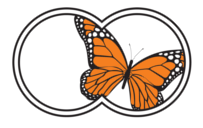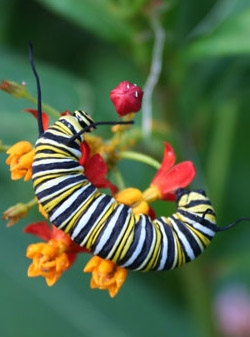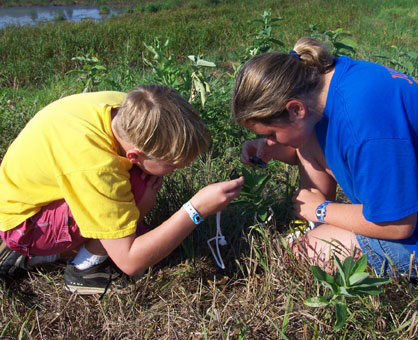The Monarch Larva Monitoring Project (MLMP) is a citizen science project involving volunteers from across the United States and Canada in monarch research. It was developed by researchers at the University of Minnesota to collect long-term data on larval monarch populations and milkweed habitat. The overarching goal of the project is to better understand how and why monarch populations vary in time and space, with a focus on monarch distribution and abundance during the breeding season in North America.
Monarch Larva Monitoring Project
Snapshot
Coordinator: Oberhauser, Karen
Program Date(s): 1997
Institution Type: Academic Institution
Species Focus: Monarchs

Protocol
Protocol Type: Disease, Restricted search, Plot
Data Type(s): Presence/absence
Data Availability: Data visualizations are available on the program website - contact program for data downloads
Survey Focus: Juveniles, Milkweed, Parasites
Incidental Data Collected: Host / nectar plants, Habitat notes
Visit Frequency: Weekly
Effort Tracking: None
Protocol Notes: Protocols for developed specifically for this unique project and do not follow any previous protocol. All volunteers are required to collect data on three core metrics: the Description of Monitoring Site (the description is collected each year, including date of milkweed emergence), Milkweed density (all milkweed at site or a random sample), Monarch density (a weekly count of all eggs and larvae - separated by instar) on all or a random sample of plants.
Several additional monitoring activities can also be followed and provide data on several different aspects of monarch ecology: estimating parasitism by rearing selected individuals, comparing occupied to unoccupied milkweed plants, and monitoring aphid distributions.



